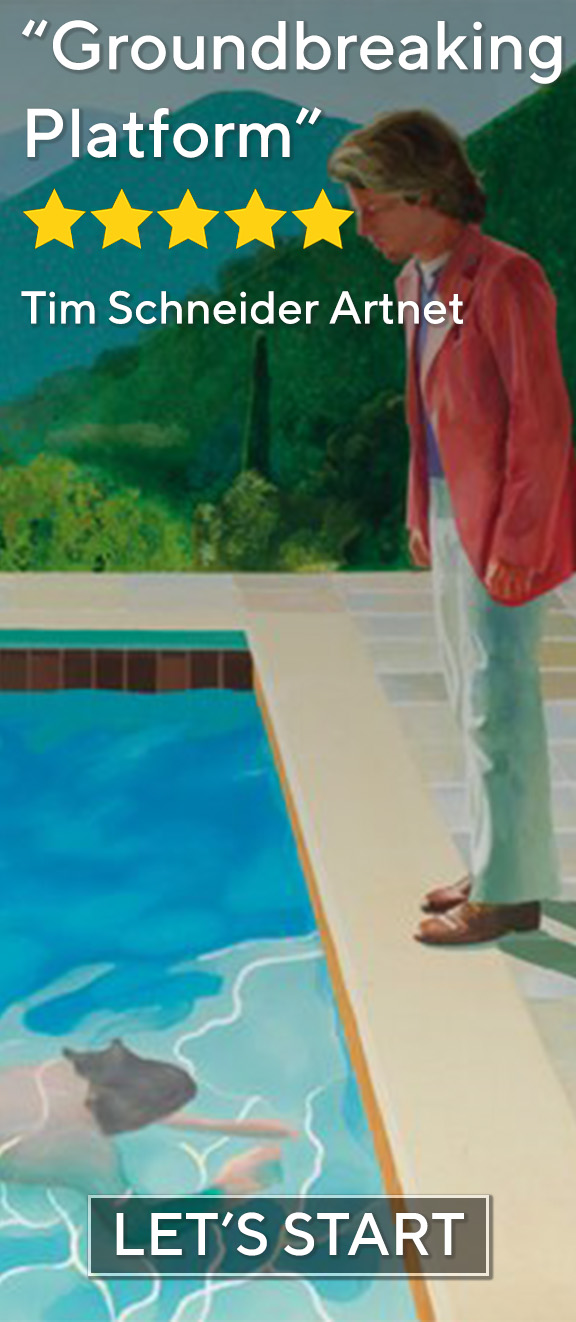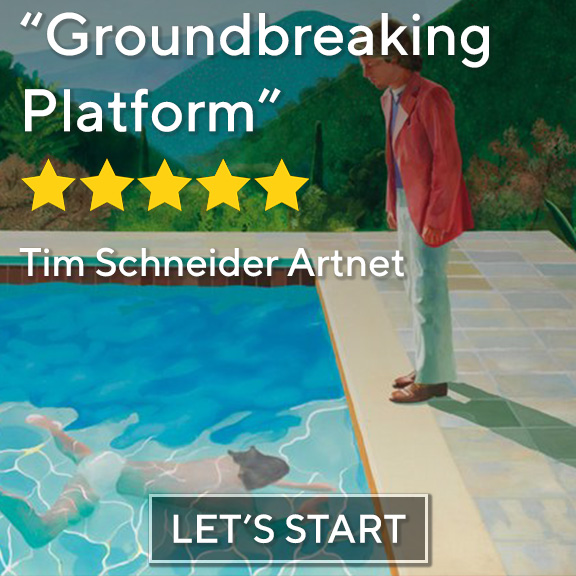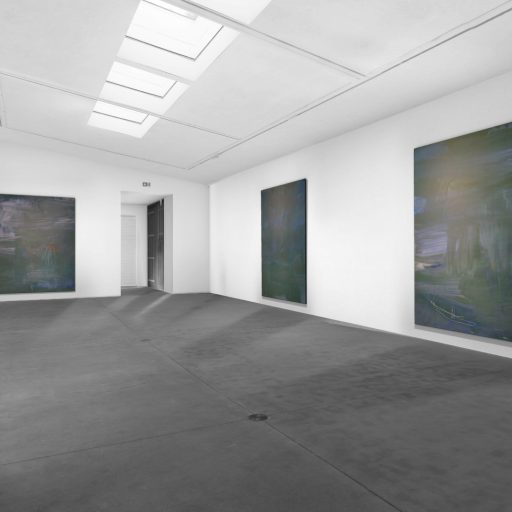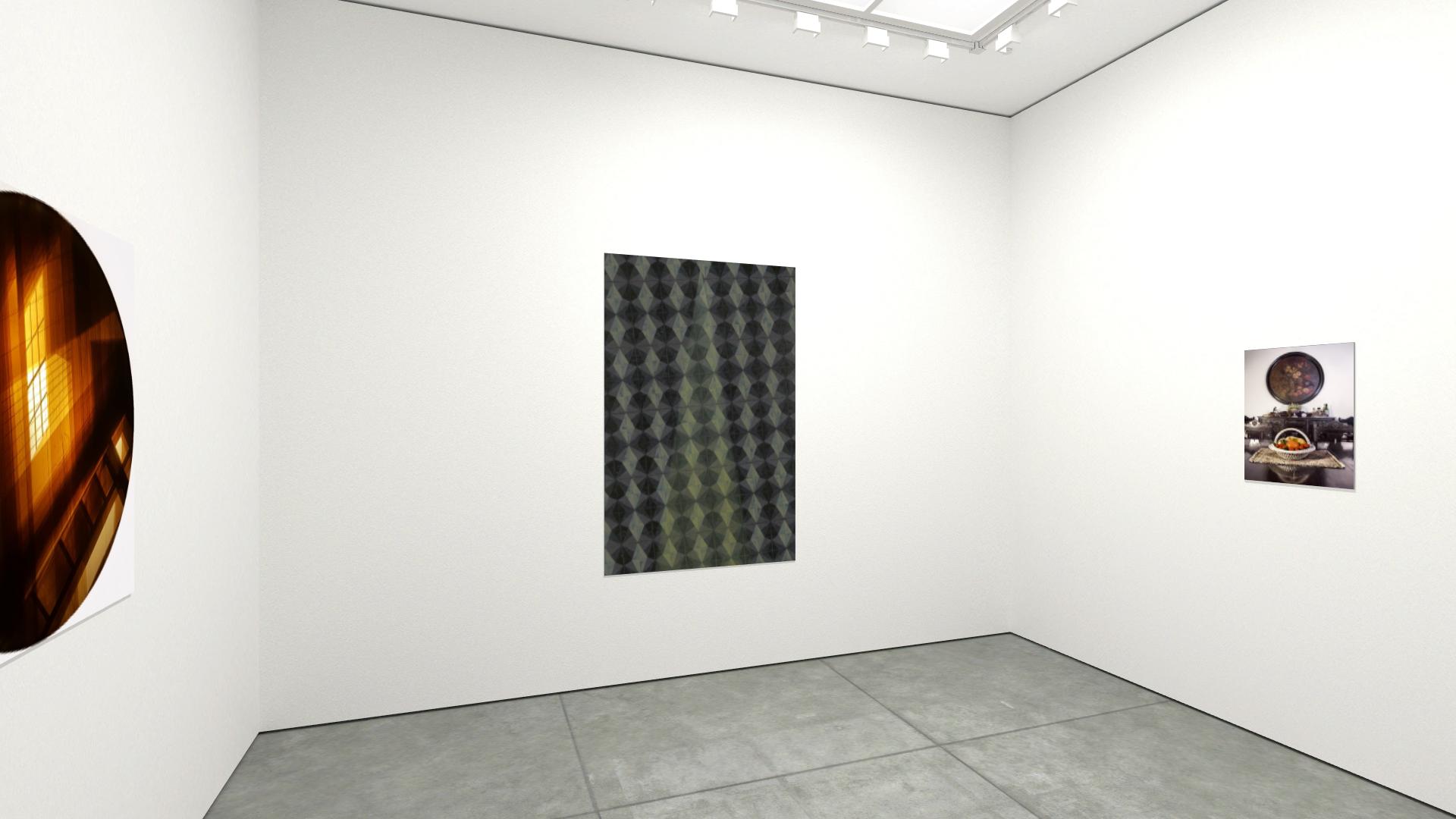
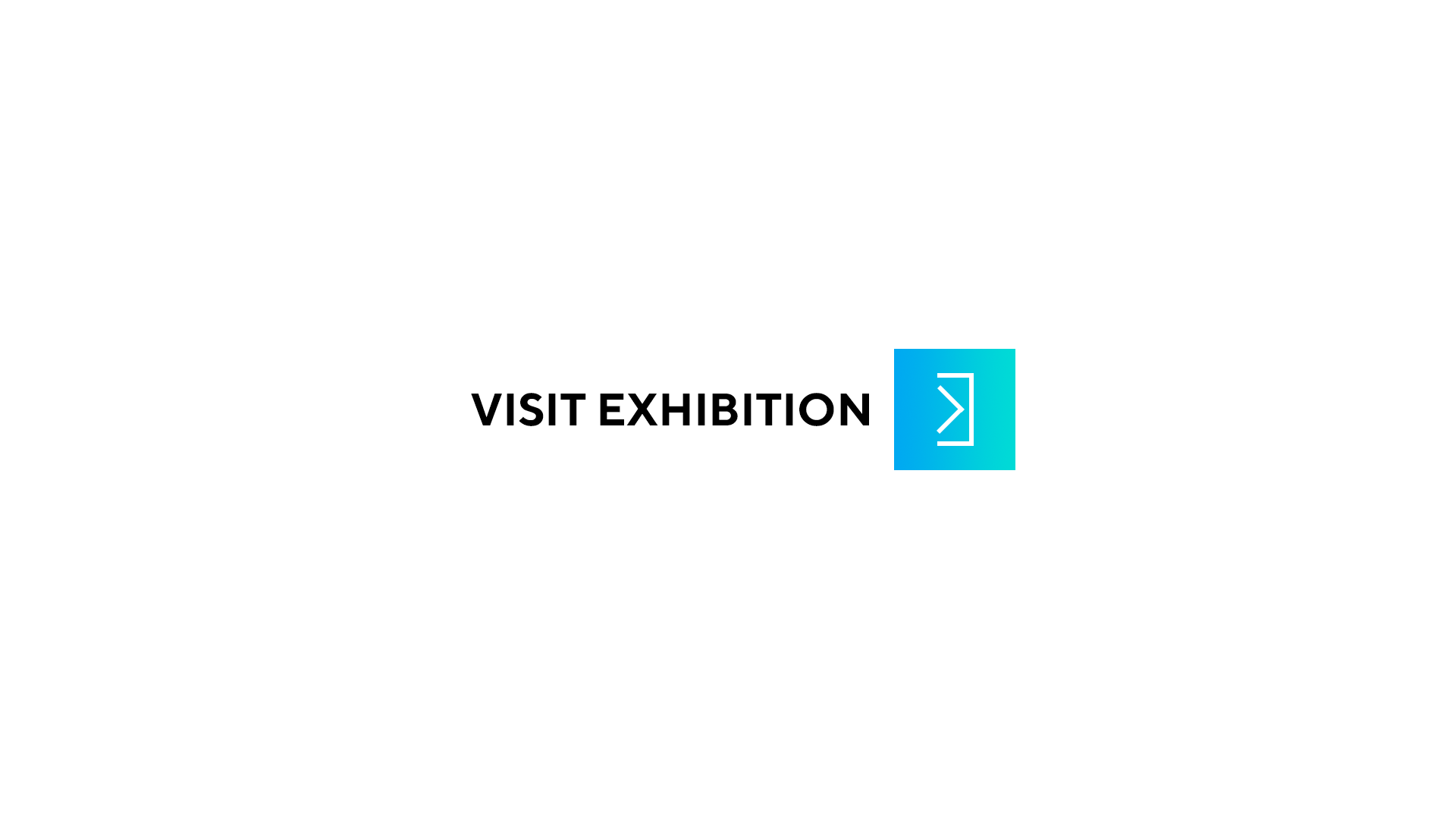
Identity, memory, time, wishes, fears… sometimes separately, sometimes mixed, all this comes together in a space. Presence and absence got one in that environment where we can find our greatest complicity. The connection with the space is latent, consciously or unconsciously, in our way of life; it defines us, represents us, guides us, torments us and also calms us. From this interaction a series of emotion and sensations are ge... more >> Indoors
Identity, memory, time, wishes, fears… sometimes separately, sometimes mixed, all this comes together in a space. Presence and absence got one in that environment where we can find our greatest complicity. The connection with the space is latent, consciously or unconsciously, in our way of life; it defines us, represents us, guides us, torments us and also calms us. From this interaction a series of emotion and sensations are generated, that translate into states of mind in the course of time, into both positive and negative memories, goals and also frustrations. The current situation has come to put on the table some related ideas, which from the confinement has generated new reflections, feelings and ways of understanding and adapt the circumstances, in which the environment influences decisively. This group exhibition aims to bring together three Cuban artist´s work under that idea: Adrian Fernández, Osvaldo González y Luis Enrique López Chávez. Issues of contemporary Cuba come to light, and at the same time, reflect themes that reach a universal dimension, from different perspectives and expressions, but in all cases, from Indoors.
Private space acquires total prominence in Adrian Fernandez´s work. In the "Portrait" series Cuban interior houses override all contextual reference under the photographic lens. From that fragments of realities selected by the artist, are shown patterns and schemes, as symbols related to comfort and position of a certain social class. A theatrical twist emerge from this series like a staging, where every object brings an idea and complete that notion
about a certain cultural pattern that has been traced over time, giving way to different visual references that allude to a collective memory.
That relation is captured in Luis Enrique López Chávez´s work from the pictorial level. Motives from the characteristic slabs of Cuban houses during a historical period are its referents, the colonial and republic architecture. From geometry, light and shadow, the work establishes a diffuse limit between figurative and abstraction, that creates a rhythm with color and patterns. This Series ("La forma lúcida") embodies the current situation of this architecture in the contemporary Cuba, result of the disarticulation of his original distribution, which gives rise to fragmentation, destruction and emptiness. Human figure
remains out of the represented space, and also the cracks, collapses, columns, niches, doors and windows that surround it. However, these elements are presence even when they are not visible, through the passing of light and shadow into the interior space. The loss of a very important part of that architecture remains as an idea in La forma lúcida series, where the ruins that was once a reflection of an architectural identity in a historical period now remains in the collective memory, destroyed by the passage of time and indifference.
On the other hand, Osvaldo González finds work materials in his own and every day environment. From installation (adhesive tape, acrylic) his work reflects ideas related to memory and time from an individual and intimate perspective, being the space and light the main axis in his work. His relation to the physical environment develops from his emotional experience that is why the dialogue between his affective relations and space reach a bigger dimension. Two instants of time are captured in "Espejo de agua" , in which the reflection in the water of two different spaces comes together into a same image.






